About Martin McAndrew
Martin McAndrew is a business leader, agency owner and coach with an engineering and technical consultancy background. With over 20 years experience in the industry Martin has moved from his engineering roots to become a well known figure in business growth and change. His expertise covers strategic planning, team leadership and innovation management.
Martin loves helping businesses and individuals unlock their potential and achieve their goals. He combines his technical knowledge with an understanding of human behaviour to offer unique insights into marketing and business challenges. Whether working with startups or established businesses Martin creates environments that encourage continuous improvement and sustainable success.
Download Our Free SEO Guide Here!
Who is Martin McAndrew?
Martin’s journey into the digital world started in an unusual way. After completing a 4 year course in marine engineering he found himself working in yacht broking. As winter approached Martin was looking for a way to get out of the cold. This led to his first foray into website development when he convinced his boss to let him build a new website and database for the company.
From Yachts to Digital Marketing
Martin’s move from yacht broking to digital marketing was driven by practicality and a desire to learn. He says “It was mostly the motivation to not be cold outside that got me into it”. This first project involved building a multi-product database and CRM system before such systems existed.
The project was complex and international:
- Matching yacht buyers with sellers
- Building a database of yachts, moorings and nearby properties
- Creating a website that ranked locally in Italy
- Setting up servers in Italy to improve local search rankings
This was the foundation of Martin’s future in digital marketing and SEO.
Agency Building
After yacht broking Martin worked for a large B2B telecoms company in the UK for about 1.5 years. He then built the search department in the biggest agency on the south coast of the UK, working with big clients, government bodies and large e-commerce businesses.
After a while Martin decided to go solo. He says “One day I thought, I think I can do this and handed my notice in to my boss. It all got very, very real”. He started building his own agency in the evenings during his notice period and picked up a couple of clients during that time.
Public Presence
Martin isn’t an extrovert by nature but is well known for sharing knowledge on LinkedIn. He says “I use LinkedIn as a way to get people aware of you. If it was a funnel it’s very top of funnel. As an introvert it’s a relatively easy way to broadcast yourself without having to be extroverted”.
Martin’s technical background has been an asset but he’s had to work hard to develop the soft skills to run an agency. He says “I’ve had to become the more extrovert person. I’ve had to become the person that can talk to board level people, who can do sales. That isn’t where I come from. That’s something I’ve had to work pretty hard at to get better at”.

Current Projects that Excite Martin
Martin is currently excited about the challenges and opportunities presented by artificial intelligence (AI) in the digital marketing space. He’s particularly interested in integrating AI into tasks that can genuinely add value, rather than using it for the sake of novelty.
AI Integration in Digital Marketing
Martin explains, “There seems to be a lot of people out there developing AI for things that aren’t problems. And there’s a lot of things you can do with AI that, okay, you can do them. That doesn’t mean you probably should, but you know, it’s a new technology.”
Some of the AI applications Martin is exploring include:
- Large batch data processing
- Analyzing keyframes of videos versus drop-out rates
- Solving complex questions using big batch processing of data
Martin believes that AI in digital marketing is still in its infancy, with even major players like HubSpot and ClickUp only scratching the surface of its potential. He notes, “It almost feels bigger than the internet at the moment. It kind of feels that the functionality is very, very special and kind of, no one really knows how to use it yet.”
Practical AI Applications
Martin and his team are focusing on using AI to improve existing processes and make them more efficient. Some examples include:
- Enhancing reporting data by using AI to extract insights, which human executives can then review and select
- Interpreting large amounts of video data to understand viewer behavior and drop-off points
- Using AI-powered video analysis to identify warm audiences in paid media campaigns
One interesting insight Martin shared came from AI analysis of a marketing video: “We had a video and it was a guy knocking on a door, and one of the bits that came out of the feedback was ‘You’ve introduced a character, but nobody knows who this character is yet.’ That was quite an interesting thing that I wouldn’t have considered because I know the guy in the video.”
Martin emphasizes the importance of focusing on using AI to improve existing processes rather than getting distracted by “shiny” new features that may not add real value.
Tactical and Strategic E-Commerce SEO Advice from Martin
Martin’s experience with e-commerce SEO is extensive, including work with major retailers like B&Q, one of the UK’s largest DIY stores. He emphasizes that while e-commerce SEO is highly competitive, there are still many opportunities for businesses willing to adopt the right strategies.
The Importance of E-Commerce SEO
E-commerce companies should prioritize SEO for several reasons:
- It helps maintain and improve digital visibility during site changes or redesigns.
- It can drive organic traffic and sales, reducing reliance on paid advertising.
- It helps businesses compete in a crowded online marketplace.
- It can improve overall user experience, which in turn can boost conversions.
Keyword Research for E-Commerce
Martin emphasizes the importance of aligning keyword research with the customer journey. He breaks down the approach based on different stages of the sales funnel:
- Product Pages (Bottom of the Funnel):
- Focus on transactional keywords
- Include terms like “buy,” “price,” “SKU,” and “reviews”
- These pages target customers who have decided on a product and are ready to purchase
- Category Pages (Middle of the Funnel):
- Target broader product category terms
- For example, “Android phones” rather than specific models
- These pages cater to customers still in the research phase
- Informational Content (Top of the Funnel):
- Create blog posts or guides addressing broader topics
- For example, “What are suitable phones for type one diabetics?”
- This content targets customers at the earliest stages of their buying journey
Martin advises, “Ideally you’d want visibility across the whole funnel. It then becomes looking at competitors and understanding, well, you know, is there a chance of ranking position one for iPhone, whatever, and you’ve got to kind of be honest with the numbers.”
Keyword Research Tools and Techniques
While there are various keyword research tools available, Martin suggests a practical approach for e-commerce businesses:
- Use Google Ads: Run a paid search campaign across a deck of keywords to see which exact match keywords generate sales.
- Analyze Competitor Rankings: Google the keywords you’re interested in and see what top competitors are doing.
- Use Google’s Keyword Planner: This free tool can provide valuable insights, though data should be taken with a grain of salt.
Martin emphasizes, “The best way to get accurate data is to send PPC traffic to your site and then go after that from an organic perspective. That would be my strategy if budget was no option and timescales were no option.”
On-Page Optimization for E-Commerce
Martin breaks down on-page optimization into two main goals:
- Ensuring content can be found, crawled, and indexed by search engines.
- Providing signals that the content is of high value.
Key elements of on-page optimization include:
- Title Tags: Place primary keywords at the beginning of title tags.
- Meta Descriptions: While not directly linked to visibility, well-written meta descriptions with schema integration can improve click-through rates.
- Content Relevance: Ensure content is not hidden within JavaScript or embedded in images, making it easily crawlable.
- User-Generated Content: Include reviews and other UGC to provide diverse perspectives on products.
Regarding content length, Martin advises against focusing on specific word counts. Instead, he suggests, “If you want to know the best content size, Google the keyword that you’re interested in and see what the top competitor’s done, because that’s the guy that you’re trying to beat.”
Image Optimization
Optimizing images is crucial for e-commerce SEO. Martin highlights several important factors:
- File Name: Use descriptive, keyword-rich file names.
- Alt Text: Provide accurate and descriptive alternative text.
- Image Size: Ensure images are appropriately sized for fast loading.
- Surrounding Content: The text around the image helps provide context.
- Load Speed: Compress images to improve page load times.
Martin notes, “If you want to show up for an image, it’s you know, what is the file name? What is the alt text? How big is it? How quickly does it load? Kind of all that and then what is the surrounding text to that image as well.”
User-Generated Content and Reviews
Martin emphasizes the importance of user-generated content, particularly reviews, for e-commerce SEO:
- Content Creation: Reviews provide fresh, relevant content about products.
- Diverse Perspectives: They offer various opinions and experiences with the product.
- Regular Updates: New reviews signal to search engines that the page is frequently updated.
- Improved Crawl Frequency: More frequent updates can lead to more frequent crawling by search engines.
To encourage more reviews, Martin suggests:
- Implementing post-sale email campaigns asking for reviews
- Considering incentives like discounts for leaving reviews
- Using platforms that integrate with Google Seller Ratings for additional benefits
He cautions, however, about the technical implementation of review systems: “A lot of them will put them into an iframed type plugin, and an iframe is basically a window onto another website, so you’ve got to be a little bit careful sometimes that if you’re using something that’s embedded, that page is getting that content and you’re not effectively creating value for an embedded page on their domain.”
Schema Markup for E-Commerce
Schema markup is crucial for e-commerce sites to provide clear signals to search engines about the nature of their content. Martin explains its importance:
“Schema is a way to mark up text effectively. So what you’re saying is you might have something that’s four out of five, and to a crawler, just called it, we’ll look at four out of five. It may not understand what four out of five means, but if you mark it up in ratings review and using the schema for ratings, you could say, well, there are five reviews, the average rating is four, the min rating is one, the maximum rating is five.”
Key schema elements for e-commerce pages include:
- Product Information: Price, availability, SKU
- Ratings and Reviews
- Breadcrumbs
- FAQs
Implementing schema correctly can lead to rich snippets in search results, potentially increasing click-through rates.
Dealing with Duplicate Content
Duplicate content is a common issue in e-commerce, often arising from products appearing in multiple categories or having various sorting and filtering options. Martin suggests several strategies to address this:
- Use a Primary Category Approach: Assign each product a primary category and use canonical URLs for other instances.
- Implement Canonical Tags: Use these to indicate the preferred version of a page when duplicate content exists.
- Use Hreflang Tags: For multi-language sites, use these tags to indicate language and regional variants of a page.
- Avoid Parameter-Heavy URLs: Be cautious about using URL parameters for navigation, as this can create duplicate content issues.
Martin emphasizes the importance of addressing these issues early: “It’s one of the first things to try and do from launch because we kind of spoke about earlier when the crawler comes to the site, if it realizes that page is out of date, it will throw loads more resource at the site to fix it.”
Internal Linking Strategies
Martin recommends a strategic approach to internal linking that aligns with the user’s journey through the sales funnel:
- Direct Links Downward: Have blog posts and top-of-funnel content point to category pages or product pages.
- Avoid Linking Upward: Don’t link from product pages back to blog posts or higher-funnel content.
- Focus on User Intent: Align internal linking with the intended user action on each page type.
He explains, “I would have a wheel and spoke, which is lots of content pointing to a product page, lots of blog pages pointing to the product page, category pages which are pointing to the product pages. So everything’s kind of pointing in and that funnel is starting very wide at the top and then condensing.”
Optimizing Category Pages
Category pages are often the third highest traffic pages for e-commerce sites, after the homepage and product pages. Martin offers several tips for optimizing these crucial pages:
- Align Information Architecture: Ensure your site structure and URL hierarchy match commercially important keywords.
- Research Competitor Strategies: Look at how competitors structure their category pages and hierarchy depth.
- Focus on Single Categories: Avoid trying to optimize a single category page for multiple keywords.
- Consider Domain Authority: Be realistic about ranking potential based on your site’s overall authority.
Martin advises, “It kind of depends on the keyword. I hate being that SEO that says it depends. But generally, category optimization comes from having a good information architecture that’s got well-researched keywords, that’s got good content on.”
Handling Seasonal Products
For e-commerce sites with seasonal products, Martin recommends keeping pages live year-round rather than removing them:
- Maintain Page Visibility: Keep seasonal product pages and categories accessible to search engines.
- Update Content: Add notices about product availability or expected return dates.
- Collect Email Addresses: Use out-of-season pages to build mailing lists for future promotions.
- Ramp Up Visibility: A few months before the peak season, increase internal linking and content production for these pages.
Martin explains, “If it’s going to be the exact same stuff, keep it, maybe make the links less prominent on the homepage because that has value. We can pass, and then yeah, a few months before your peak, you would need to start getting it back on the home page, producing content.”
Link Building for E-Commerce
Link building for e-commerce sites can be challenging, but Martin offers several strategies:
- Competitor Analysis: Use tools like Ahrefs to understand competitors’ inbound links.
- Look for Broken Link Opportunities: Find and replace broken links on relevant sites.
- Affiliate Partnerships: Develop relationships with affiliates who can provide quality links.
- Content Marketing: Create valuable, shareable content that naturally attracts links.
- Industry Directories and Forums: Participate in relevant online communities.
Martin cautions against aggressive or unnatural link-building tactics, warning, “If you’re doing something that isn’t against Google’s terms of service, but if you’re conning the algorithm, the risk is they’ll do an update because they found a thousand other people that do it.”
Measuring SEO Success in E-Commerce
Tracking the success of SEO efforts in e-commerce can be complex. Martin suggests focusing on different metrics depending on the page type:
- Product Pages: Monitor visibility and revenue.
- Category Pages: Look at a combination of visibility and engagement metrics.
- Blog/Content Pages: Focus on time on site, dwell time, and reach.
Given the challenges with accurate attribution in tools like Google Analytics 4, Martin recommends using a combination of methods:
- Keyword Tracking: Monitor visibility for a set of important keywords over time.
- Visibility Tools: Use SEO tools that can track rankings across different locations.
- Audience Building: Use top-of-funnel content to build audiences for retargeting in paid campaigns.
Martin emphasizes the value of combining SEO and PPC data: “If we go back to that funnel analogy where you’ve got the product at the bottom, you’ve got the category page, and you’ve got the research topics at the top, their ideal page is to be tagging with Google ad scripts and then using that as audience data.”

Where Does Martin See the Future of E-Commerce SEO?
Martin believes that the e-commerce SEO landscape is on the cusp of significant changes, driven by the rise of AI and shifts in user behavior. Here are some key trends and predictions he highlights:
The Impact of AI on Search
- Google’s AI Integration: Google is rapidly integrating AI into its search results, as evidenced by the deployment of AI snippets in the U.S. and UK.
- Potential Shift in User Behavior: There’s a possibility that users might start using AI-powered tools like ChatGPT for information searches instead of traditional search engines.
- Microsoft’s Potential Advantage: With its investment in OpenAI, Microsoft might gain a significant advantage in the search market. Martin advises, “It might be worth making sure that your Microsoft Search Console is up to date and deployed because it’s got some interesting stuff coming.”
The Rise of Alternative Search Platforms
- TikTok as a Search Engine: Martin acknowledges the growing trend of younger generations using TikTok for searches, especially for “how-to” content and product discovery.
- Diversification of Search Behavior: Users are increasingly turning to platforms beyond Google for specific types of searches, which could impact e-commerce visibility strategies.
- Evolution of Social Platforms: Martin notes the educational potential of platforms like TikTok, mentioning features like the STEM content category that provides educational content.
Changes in Google’s Approach
- Transactional Focus: Martin predicts, “I think it’s going to force Google to become more transactional.”
- Leveraging YouTube Data: He expects Google to make more use of its audience data from YouTube to enhance search results and ad targeting.
- Quality Concerns: Martin has observed a decline in Google’s search result quality over recent years, stating, “I’ve seen Google search degrade over the last couple of years. I don’t feel I get the best results from Google anymore.”
The Need for Adaptability
Martin emphasizes the importance of staying adaptable in the face of these changes:
- Embracing New Platforms: Be prepared to establish a presence on emerging platforms that are relevant to your target audience.
- Diversifying SEO Strategies: Don’t rely solely on traditional Google SEO tactics; consider optimizing for other search engines and platforms.
- Keeping Up with AI Developments: Stay informed about advancements in AI and how they might impact search behavior and e-commerce strategies.
- Focusing on Quality Content: Despite technological changes, providing high-quality, valuable content remains crucial for long-term success.
Potential Challenges and Opportunities
- Regulatory Changes: Martin mentions the recent lawsuit that will prevent Google from being the default browser on iPhones and non-Google Android phones, which could impact search market dynamics.
- AI-Generated Content: With the rise of AI-generated content, there may be new challenges in distinguishing high-quality, original content from mass-produced AI content.
- Video Content Optimization: As platforms like TikTok gain prominence in search, optimizing video content for discoverability may become increasingly important.
- User Experience Focus: With Google’s emphasis on user experience as a ranking factor, e-commerce sites may need to prioritize UX even more in their SEO strategies.
Martin concludes, “I think it does need a bit of a shake-up. I think Google has got a bit… And yeah, we might be on the cusp of something big changing.” He sees the current period of change as an opportunity for businesses to potentially challenge the dominance of established players in the search market.
How to Get in Contact with Martin
[Note: As the transcript doesn’t provide specific contact information for Martin McAndrew, I’ll include a general suggestion for how readers might connect with him.]
For those interested in learning more from Martin McAndrew or seeking his expertise in e-commerce SEO and digital marketing, here are some suggested ways to get in touch:
- LinkedIn: As Martin mentioned his active presence on LinkedIn, this platform is likely the best way to connect with him professionally. Search for “Martin McAndrew” on LinkedIn and look for his profile related to digital marketing and SEO.
- Company Website: While not mentioned in the transcript, Martin likely has a company website for his agency. A web search for “Martin McAndrew SEO” or “Martin McAndrew digital marketing” may lead you to his professional website.
- Professional Networks: Given Martin’s involvement in the SEO and digital marketing industry, he may be active in professional organizations or speak at industry events. Look for his participation in relevant conferences or webinars.
- Social Media: Besides LinkedIn, Martin may have professional profiles on other social media platforms where he shares insights and engages with his audience.
- Industry Publications: As an experienced professional, Martin might contribute to industry publications or blogs. Look for his authored articles or mentions in digital marketing and SEO-focused publications.
Remember to approach professional connections respectfully and with a clear purpose. If reaching out, be specific about your interest in Martin’s expertise or how you believe he could assist you or your business.
Conclusion
Martin McAndrew’s insights into e-commerce SEO provide a wealth of knowledge for businesses looking to improve their online visibility and drive sales through organic search. His journey from marine engineering to digital marketing demonstrates the value of adaptability and continuous learning in the ever-evolving digital landscape.
Key takeaways from Martin’s expertise include:
- The importance of aligning SEO strategies with the customer journey, from top-of-funnel content to product pages.
- The value of user-generated content, particularly reviews, in boosting SEO and providing fresh, relevant content.
- The need for careful management of duplicate content issues in e-commerce sites.
- The potential of AI in enhancing SEO strategies, while cautioning against using it for tasks that don’t add real value.
- The importance of staying adaptable and open to new platforms and technologies that may influence search behavior.
As the search landscape continues to evolve with the rise of AI, alternative search platforms, and changing user behaviors, e-commerce businesses must remain agile in their SEO approaches. Martin’s advice to focus on providing value, understanding user intent, and leveraging data-driven insights will serve as a solid foundation for navigating these changes.
For e-commerce businesses looking to enhance their SEO strategies, Martin’s comprehensive approach offers a roadmap to improved visibility, increased traffic, and ultimately, higher sales. By combining technical SEO knowledge with a deep understanding of user behavior and emerging trends, businesses can position themselves for success in the competitive world of e-commerce.
As we look to the future of e-commerce SEO, Martin’s insights remind us of the importance of staying informed, adapting to new technologies, and always prioritizing the user experience. In doing so, businesses can not only weather the changes in the digital landscape but thrive in an increasingly complex and competitive online marketplace.

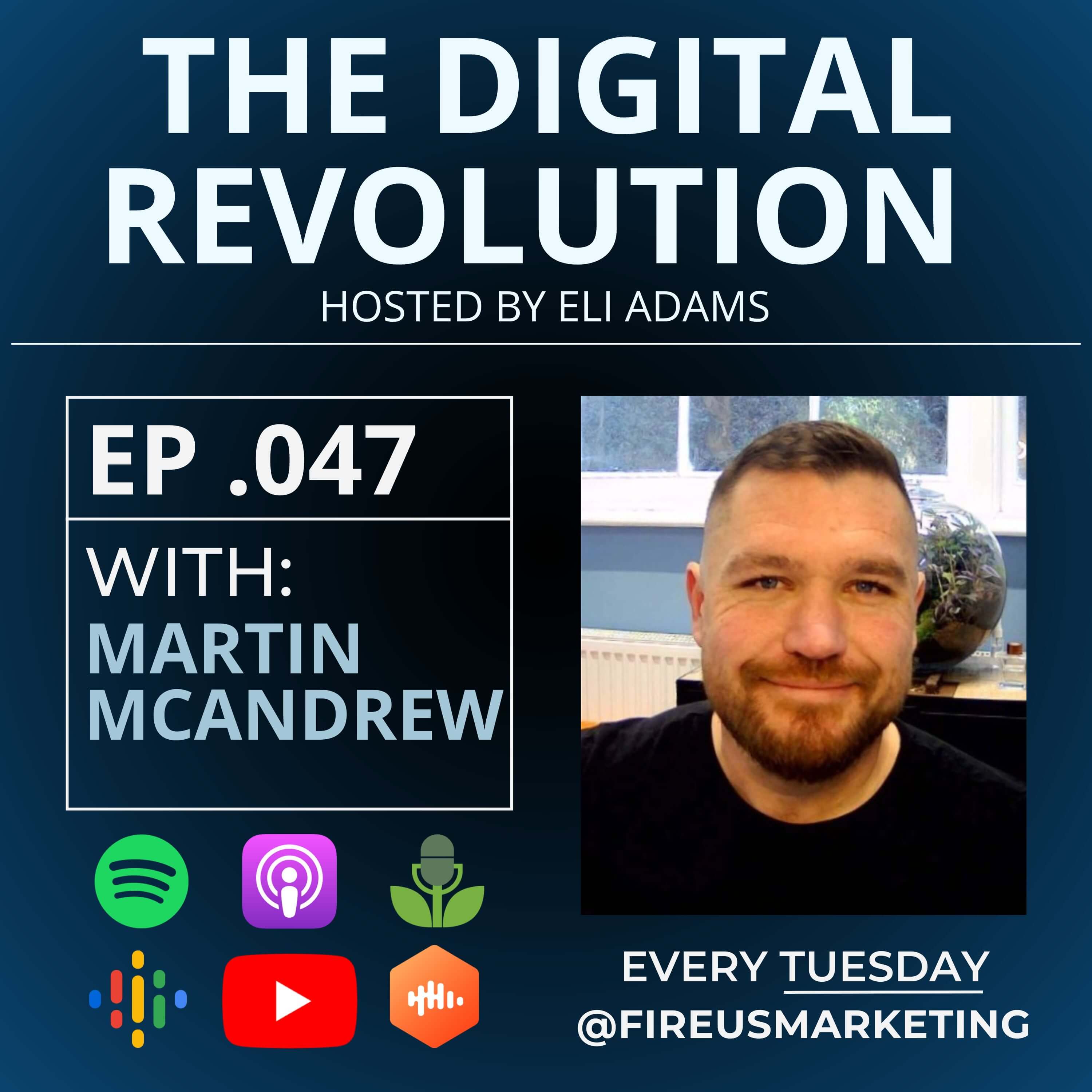


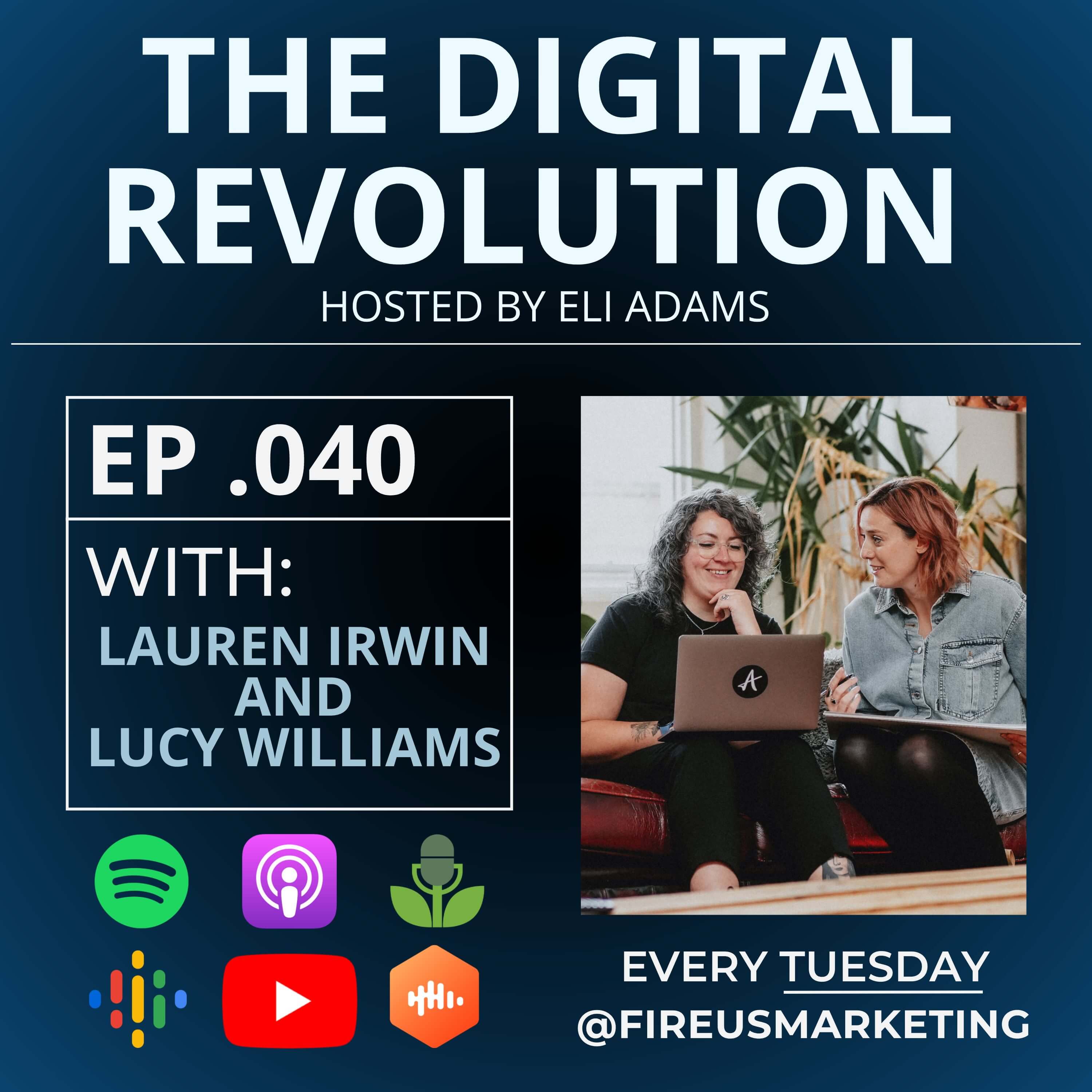
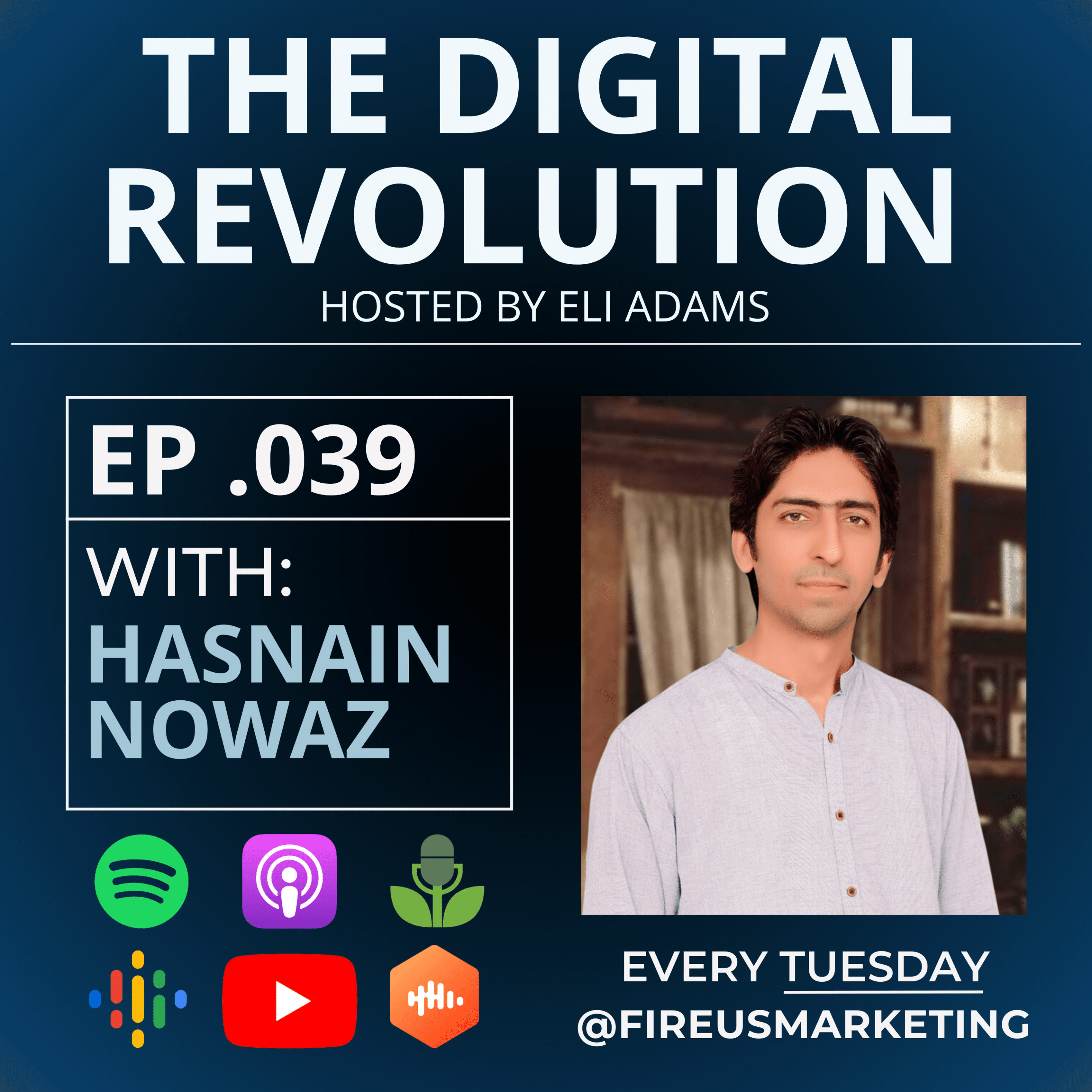
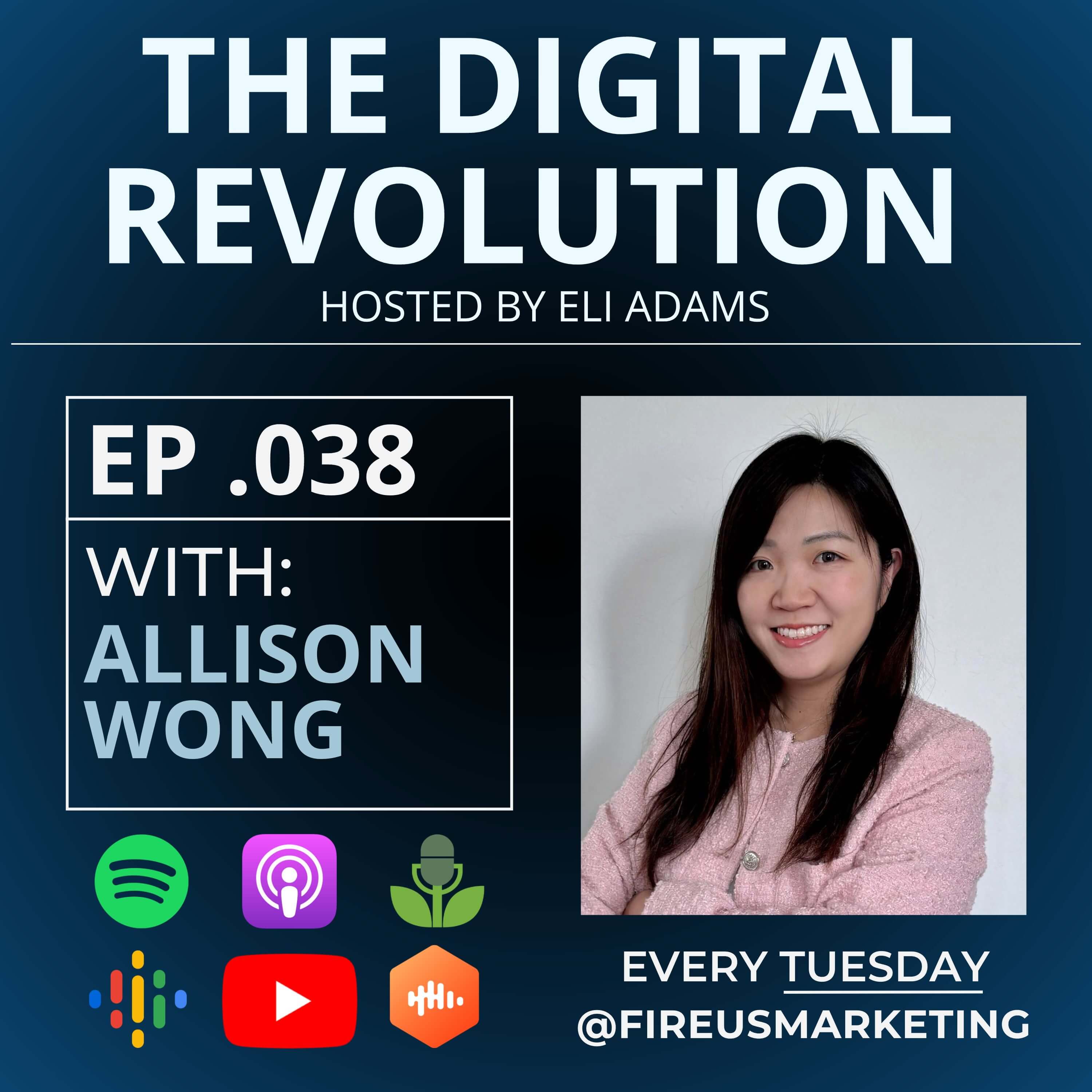
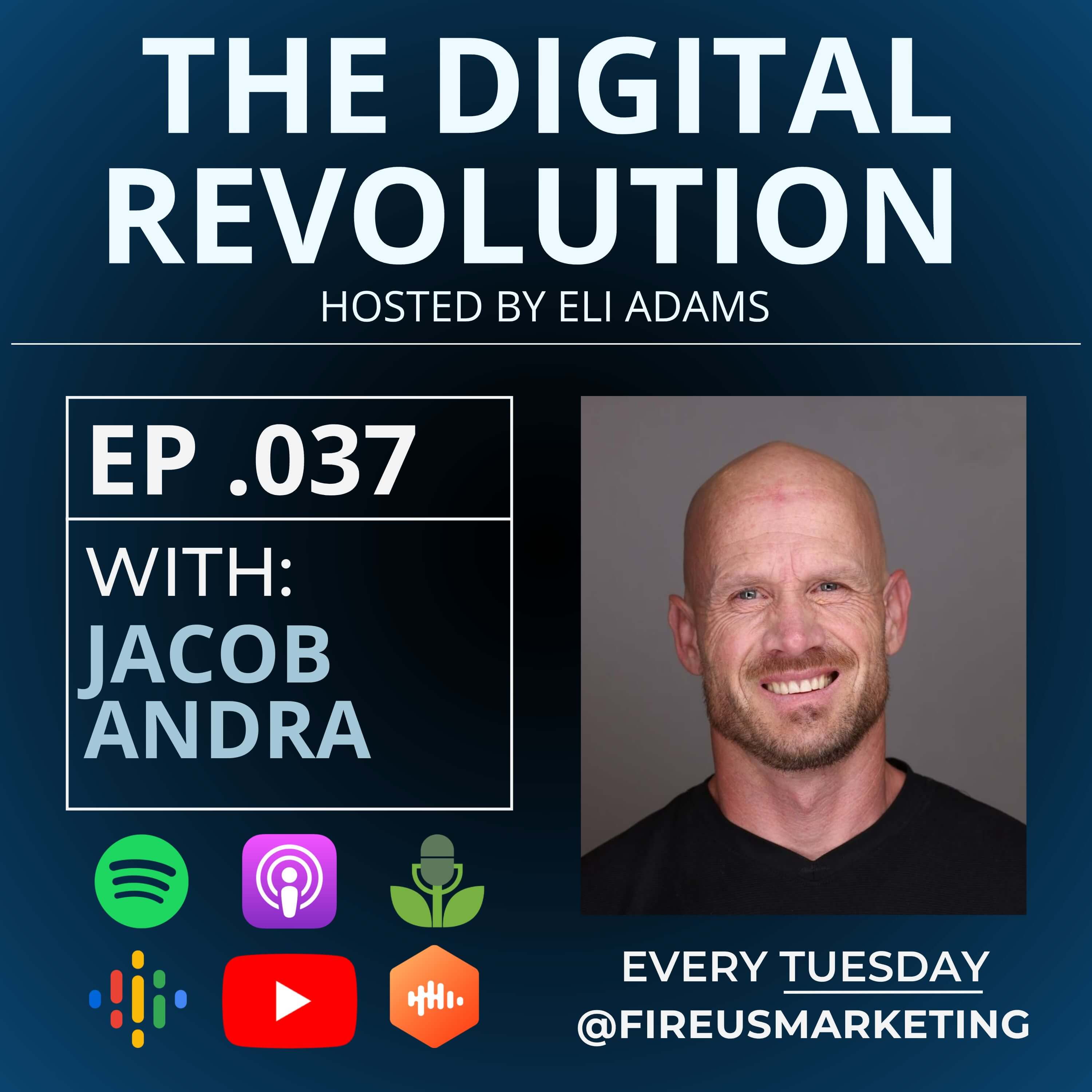

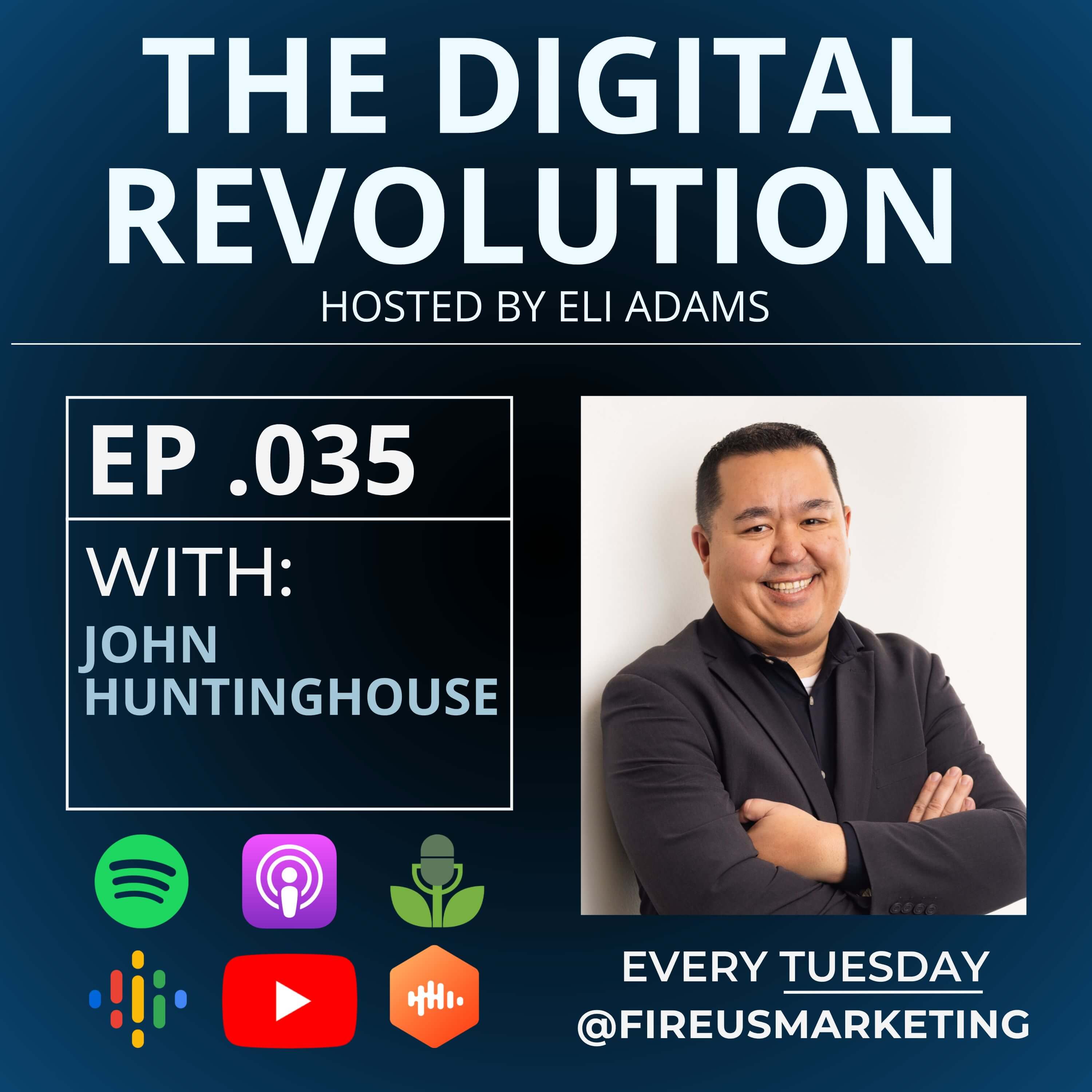
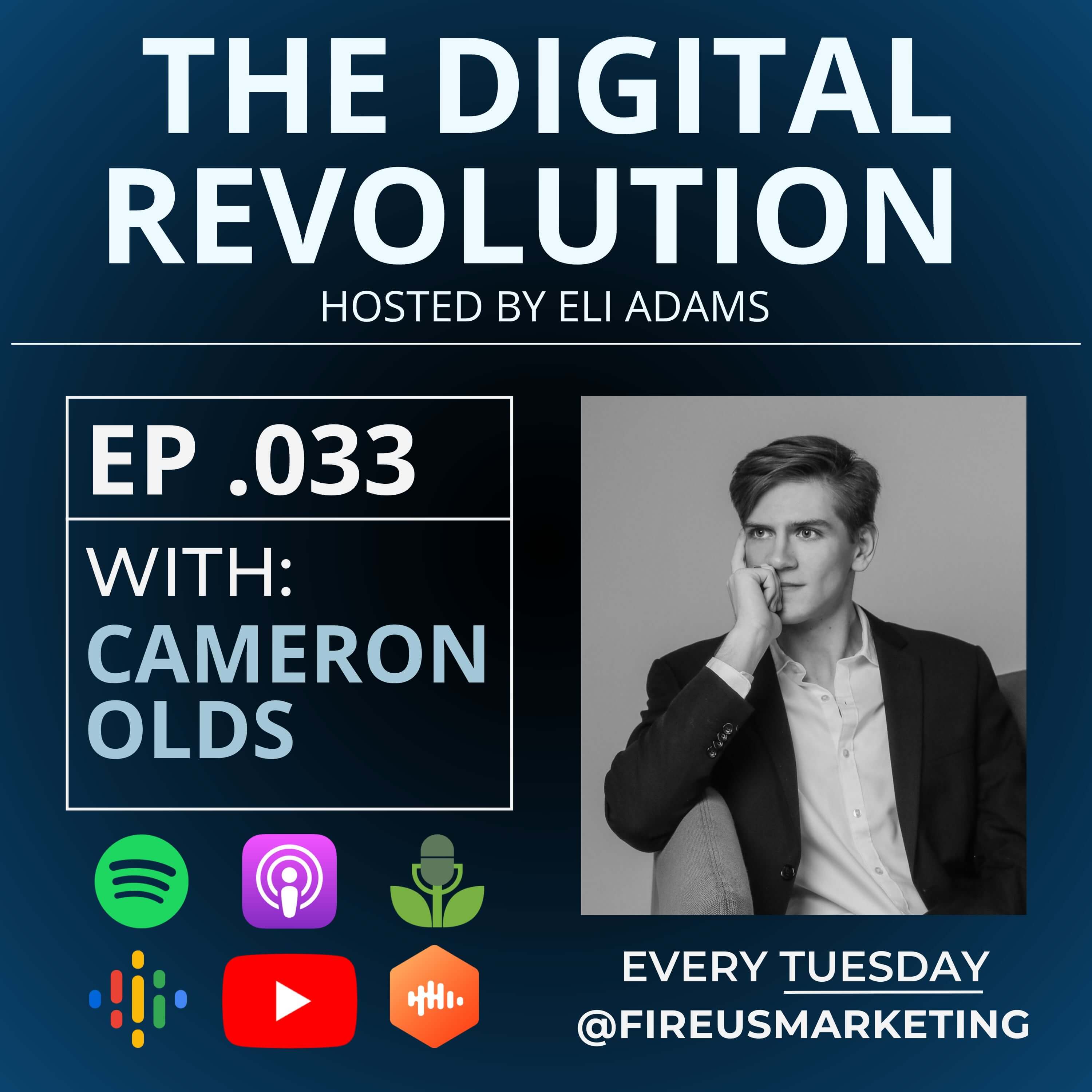
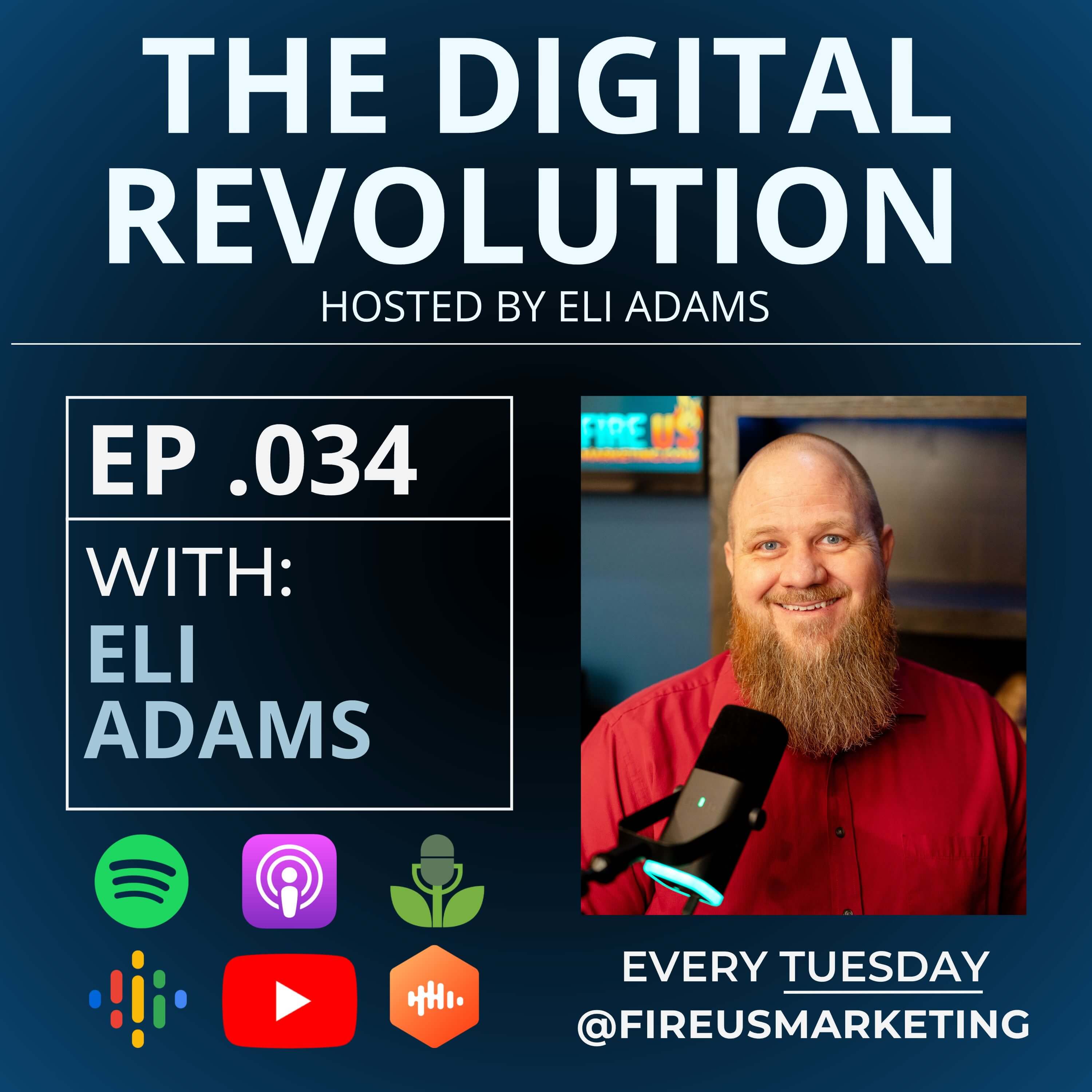
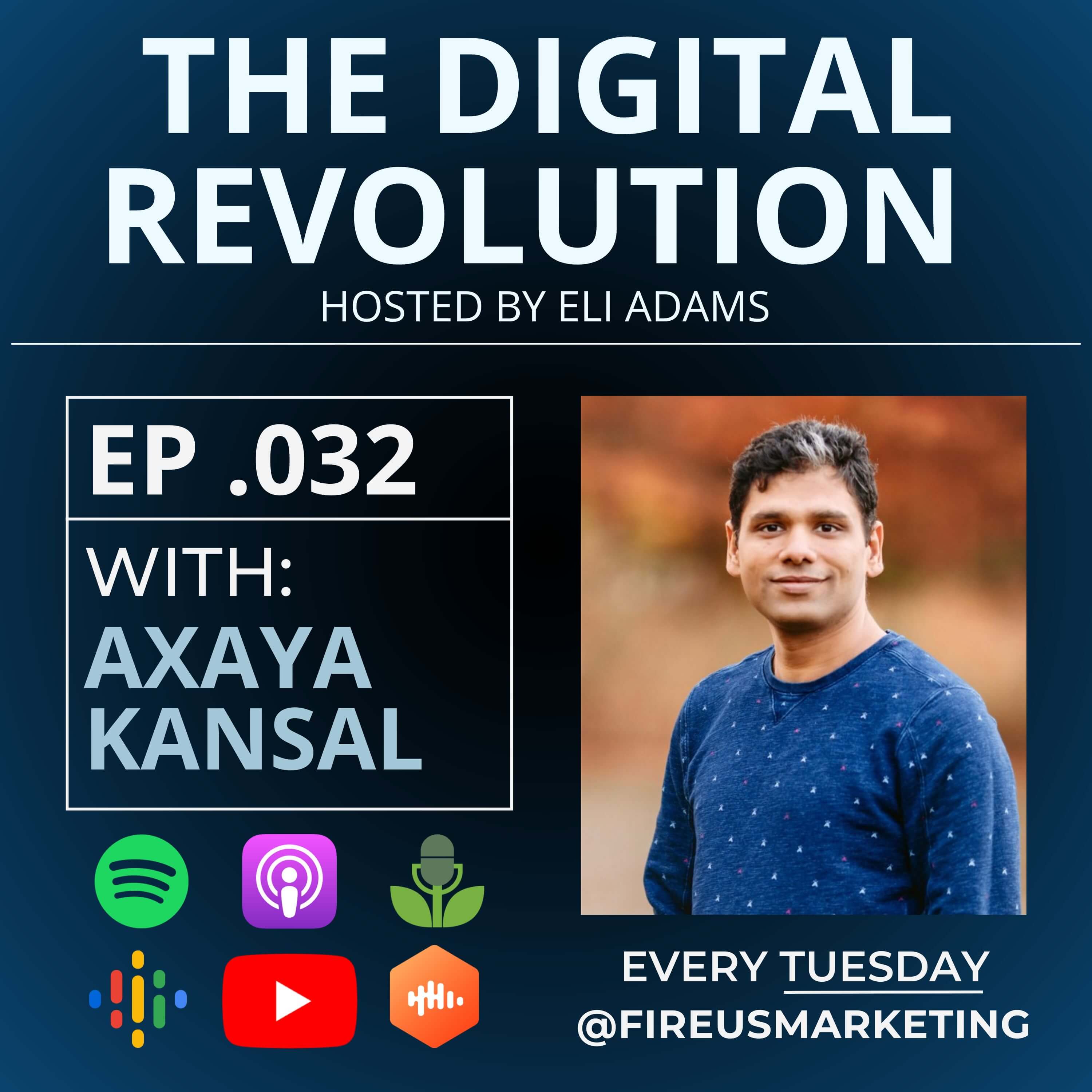
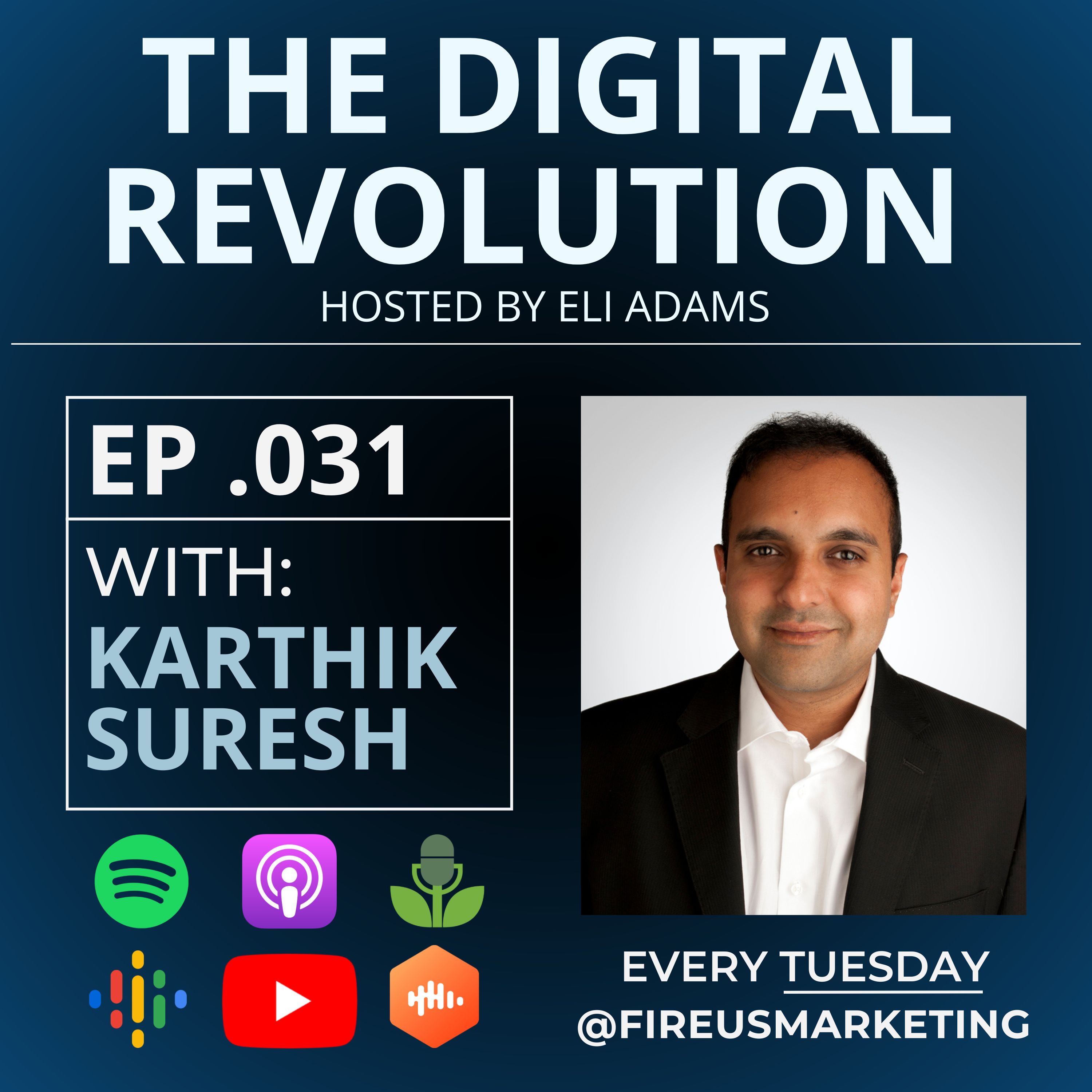



0 Comments